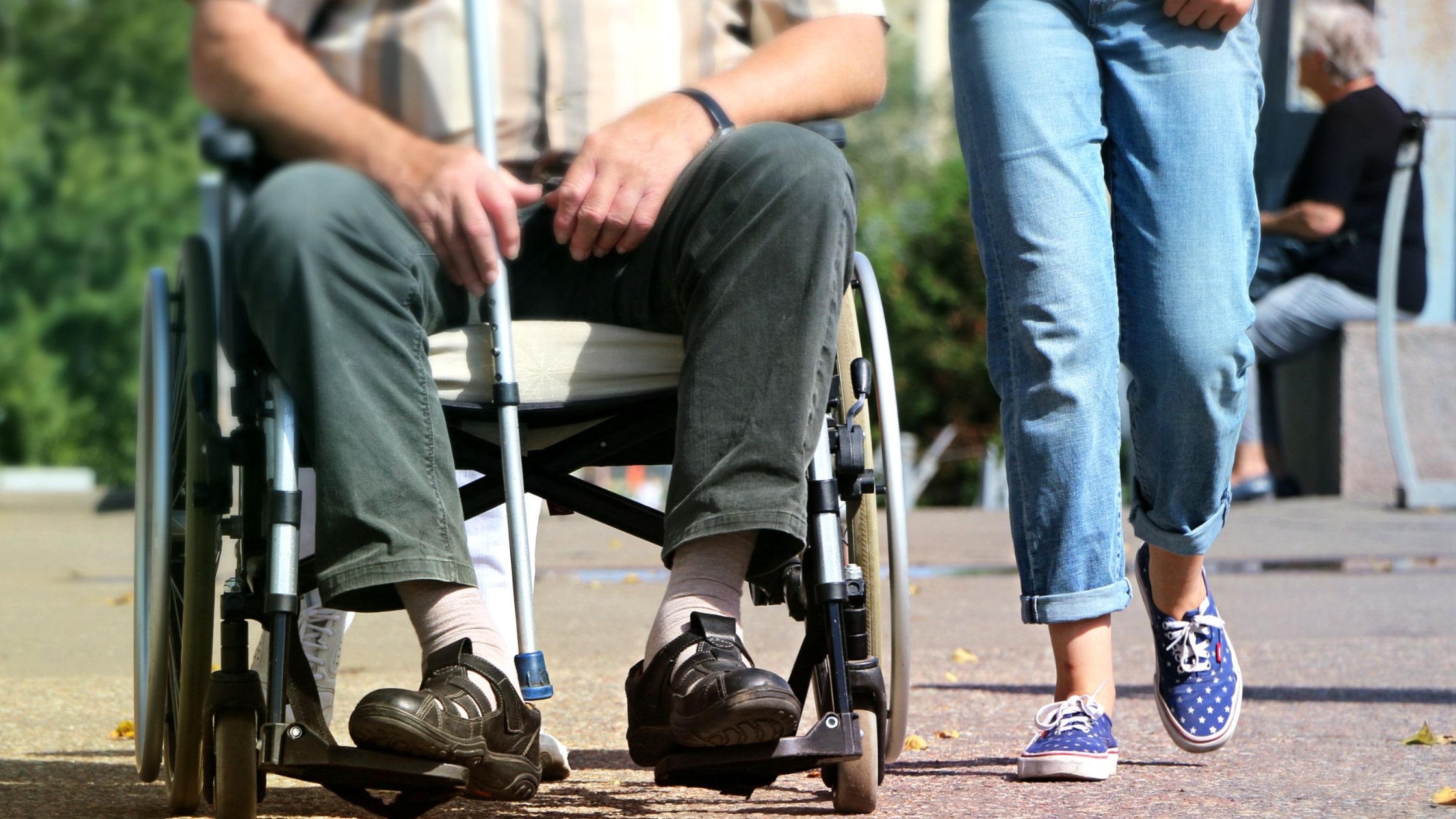Understanding Cervical Spondylosis
Cervical spondylosis is a degenerative condition affecting the cervical spine, commonly caused by wear and tear of the intervertebral discs and bones. With the increasing use of digital devices, prolonged screen time and poor posture have escalated the prevalence of this condition, making it a modern health concern.
Etiology: Causes Behind Cervical Spondylosis
Aging is the primary factor contributing to cervical spondylosis. However, additional factors such as prolonged sitting, poor posture, repetitive neck movements, and injuries can accelerate the degenerative process. Sedentary lifestyles and excessive screen exposure further contribute to the rising cases among younger populations.
Axial Neck Pain: A Common Symptom
Axial neck pain refers to discomfort localized in the cervical spine. It often manifests as stiffness, muscle tightness, or persistent aching. This pain can be exacerbated by prolonged sitting, leading to reduced mobility and discomfort in daily activities.
Cervical Radiculopathy: Nerve Compression Issues
Cervical radiculopathy occurs when nerve roots in the cervical spine are compressed due to disc degeneration or herniation. This can lead to symptoms such as sharp pain radiating to the shoulders, arms, and hands, often accompanied by numbness or weakness.
Cervical Myelopathy: A Severe Neurological Concern
Cervical myelopathy arises when the spinal cord itself is compressed due to progressive degenerative changes. This can lead to serious neurological impairments such as difficulty walking, loss of balance, weakness in the limbs, and even bladder dysfunction. Early diagnosis and intervention are crucial to prevent irreversible damage.
To get treatment of Panchakarma Virechana Body Detox, Call to Ayursh Ayurveda
Complications of Cervical Spondylosis
If left untreated, cervical spondylosis can lead to chronic pain, restricted mobility, and severe neurological deficits. It can also significantly impact daily activities and overall quality of life, making timely management essential.
Cervical Spondylosis: Ayurvedic Wisdom for the Digital Age
Ayurveda offers holistic solutions to manage and treat cervical spondylosis naturally. The ancient principles of Ayurveda emphasize balancing bodily energies (Doshas) through herbal remedies, dietary modifications, and therapeutic practices.
Ayurvedic Treatment Approach
The Ayurvedic approach focuses on reducing inflammation, improving circulation, and strengthening the musculoskeletal system. This is achieved through personalized treatments, including herbal medications, Panchakarma therapies, and lifestyle modifications.
Abhyanga (Therapeutic Oil Massage)
Abhyanga is a vital Ayurvedic therapy involving a warm oil massage using medicated herbal oils. This therapy nourishes the muscles, improves blood circulation, and relieves stiffness in the cervical region.
Download our app for ayurvedic treatment and therapies.
Benefits of Abhyanga in Cervical Spondylosis
- Alleviates stiffness and pain
- Enhances blood flow to the cervical spine
- Promotes relaxation and reduces stress
- Improves joint flexibility
- Strengthens muscles and ligaments
Conclusion
In the digital age, maintaining spinal health is crucial. Incorporating Ayurvedic therapies such as Abhyanga, along with lifestyle modifications, can provide long-term relief from cervical spondylosis. If you are seeking a holistic approach, Ayurvedic treatment for cervical spondylosis offers a time-tested, natural alternative to modern interventions. Take the first step towards a pain-free life with Ayursh Ayurveda’s expert care and wellness solutions.
Also, Read: The Ayurvedic Perspective On ENT Health




